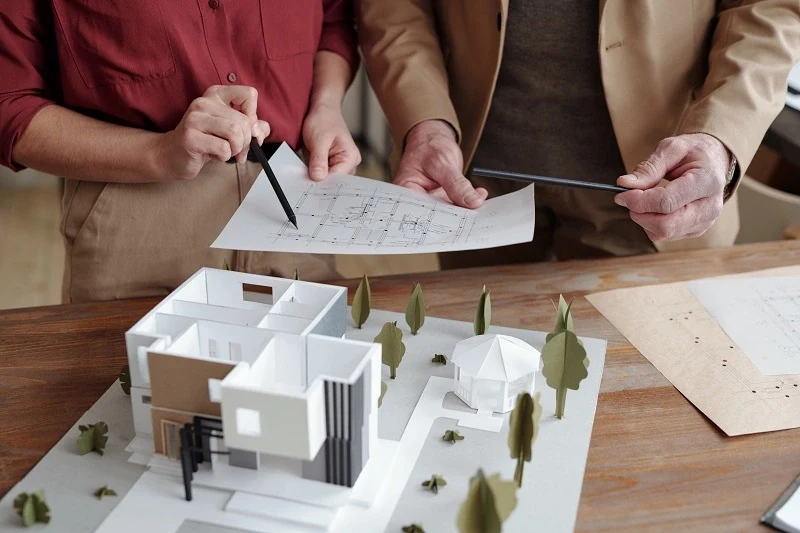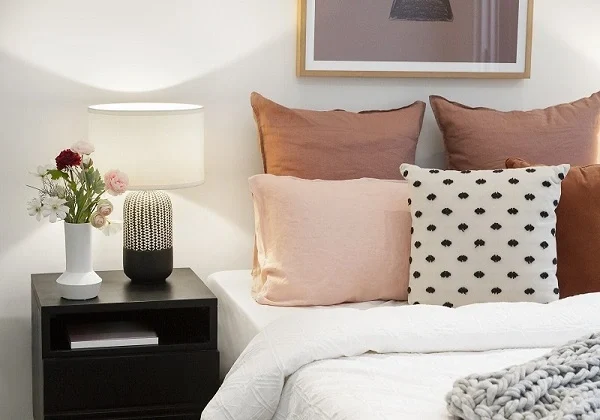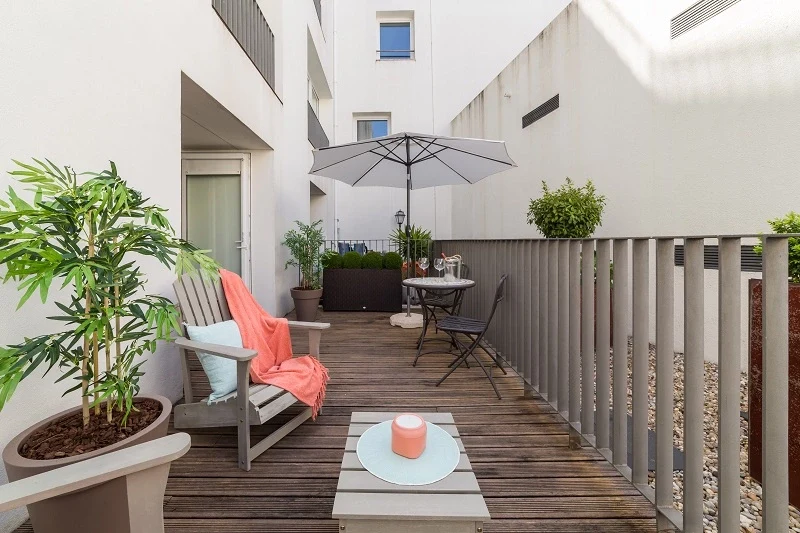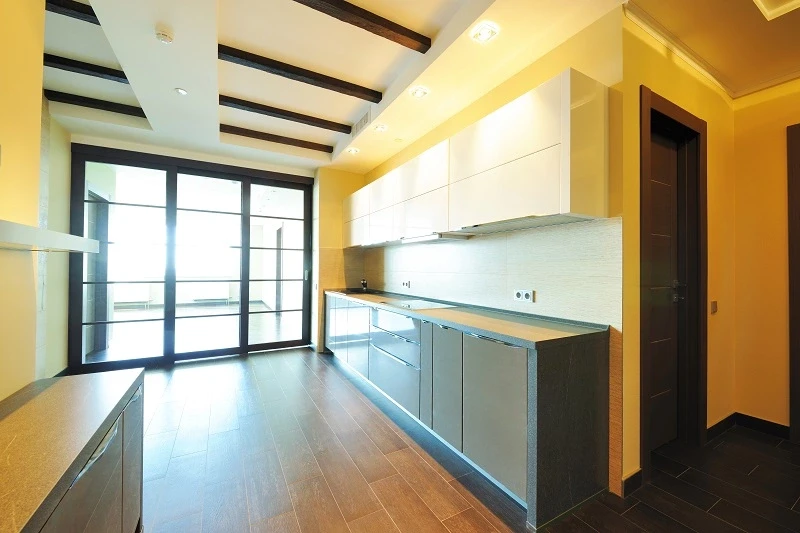Identify the Circulation Pattern of the House

When you begin your house buying journey, hearing a lot of jargons will be commonplace. However, to find the perfect house to become your home, you do not have to be a professional architect, a qualified civil engineer or a passionate designer. All you need is a comprehensive and thoughtful understanding of your own existing and potential house.
To begin with, an important consideration when finalizing a house is identifying and understanding the ‘circulation pattern’.
WHAT IS A CIRCULATION PATTERN?
In architecture, circulation refers to the way people move through spaces. These spaces could be as large as the entire project premise or can be limited to just a particular room design. The circulation path is primarily the route that an individual intuitively takes when within a space i.e., the most obvious navigation maximum people would follow. It is not necessarily the only used path, but is typically the most frequently used one by maximum individuals in the same space. Unsurprisingly, the circulation pattern for every house is different.
WHY IS THE CIRCULATION PATTERN IMPORTANT?
The circulation pattern maps the route that people follow as they move from one place to another in the house. Thus, this circulation space makes up about 20-30% of your actual area. Hence, it needs to be optimized for maximum convenience and comfortable living experience. This circulation space needs to be well-designed for both the dwellers and the guests, clearly segregating the private and public spaces. It is thus most important to check whether the unit plan and circulation pattern is such that it lets you enjoy every space in the house, in its entirety.
WHAT ARE THE TYPES OF CIRCULATION PATTERNS?
There are different types of circulation patterns, such as – Linear, Radial, Grid, Network, Composite etc.
Linear
In the linear pattern, as the name suggests, all paths are linear. The paths can be straight or curvilinear or segmental. The entire design of the house may not organize itself to be a part of the circulation pattern.
Radial
The radial configuration has linear paths extending from a central point. This central point can be the dining area – which might be located halfway between the kitchen, the living room and the bedrooms.
Grid
The grid, though uncommon, is a configuration that consists of two sets of parallel paths that intersect at regular intervals. This is the most common circulation pattern in the corridors or common areas of the building.
Branching or Spine
A branching or spine pattern can be imagined as a circulation pattern like a central route that bifurcates into different stems or paths. In most houses, the branching or spine pattern is present.
Composite
In practice, most residential and commercial developments, in entirety, employ a composite pattern of circulation that has a combination of different paths.
HOW TO DETERMINE THE MOST SUITED CIRCULATION PATTERN?
To begin with, observe the circulation pattern in your existing home. Make smaller patterns according to your usage and everyday movement. Draw the circulation pattern in simple lines to understand the flow and pattern. Notice if the dining table chairs are causing obstruction or the edges of the bed block your path each time you cross across. All these observations will help you elucidate your most comfortable circulation pattern and the same can be checked for in the potential house.
- The circulation pattern is principally lifestyle-dependent. For example, a radial configuration pattern will allow more interaction at the core. While, a spine or bifurcation circulation pattern will allow movement from one section of the house to another in a tiered manner. You can analyse your own circulation requirements and check for the same in the potential unit design.
- The rule of thumb is that the key circulation paths should be clear and unobstructed to allow maximum convenience and stress-free navigation. And thus, a house that allows one to move around freely without disturbing the other activity areas is said to have a clear and well-thought through circulation pattern. For example, say the kids are watching television in the living room and you need to move from one bedroom to another. A home design that allows you to cross across the two bedrooms without interfering the vision and television-watching experience of the kids has a good circulation pattern.
- Ensure that you mimic a typical day in your life and navigate around the house to better understand the design and its benefits, according to your and your family’s usage. The circulation frequency will provide insights into the most favoured circulation pattern for your convenience.
- Evaluate the possible circulation paths not only in the entire house, but also the individual spaces such as the living room, kitchen, bedroom etc. For example, the bedroom should have enough space to move around after the furniture is placed. The wardrobe doors when opened shouldn’t block the movement of people. Whereas, in a kitchen, the circulation pattern should be such that the interference is minimized. Imagine how an incorrectly placed refrigerator or cabinet can block easy movement. Thus, evaluate the individual circulation paths for the commonly used rooms too.









Ask a Question